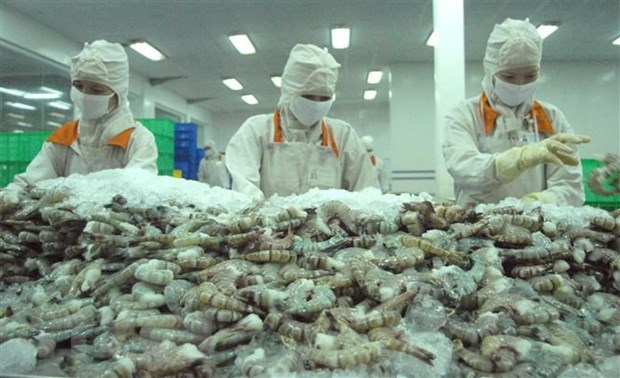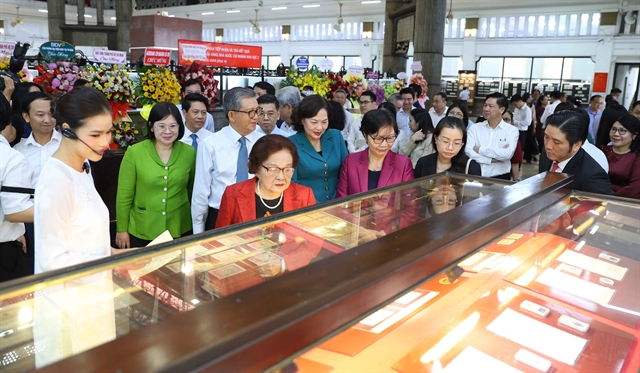 Life & Style
Life & Style

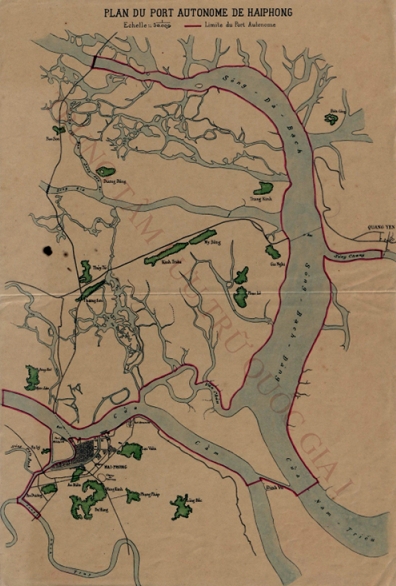
|
| Map of Hải Phòng Port as it looked in 1925.Photos of National Archives Centre I |
HÀ NỘI — An online exhibition of old documents and photos will open next week to offer the public a unique perspective on ancient seaports of Việt Nam in the late 19th and early 20th centuries.
Entitled Ancient Seaports: From Indochina to the World, the exhibit will display about 200 documents, re-imagined images and diagrams, showing the planning process for seaports, lighthouses, as well as maritime transport activities in Indochina. Many of them are being published for the first time.

|
| Visitors will take part in the ship activities in the seaports online. |
The exhibition consists of three parts: Hải Cảng - Cửa Ngõ Giao Thương và Thâm Nhập (Seaport – Gateway for Trade and Penetration); Hải Đăng - Mắt Thần Canh Biển (Lighthouse - The Divine Eye of the Sea); and Hải Vận - Kết Nối Những Chân Trời (Maritime Transport – Connecting Horizons).
The exhibition has been curated by the National Archives Centre I, who said that before the 19th century, foreign merchants arrived in Việt Nam by ship, driven by trade winds and wanting to explore commercial opportunities.
Also arriving at the seaports, foreign missionaries who came to evangelise, penetrating the interior to spread religion, paving the way for Western countries to intervene in Việt Nam.
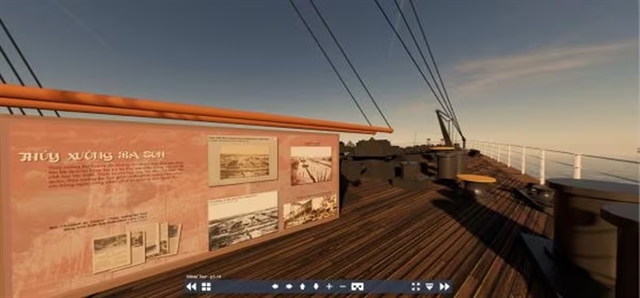
|
| Viewers can get on board via this extensive exhibition. |
After invading Việt Nam, the French expected to build a series of seaports along the East coast including at Sài Gòn, Đà Nẵng, Hải Phòng, Hòn Gai-Cẩm Phả, Bến Thủy, Quy Nhơn, Nha Trang, Cam Ranh and Hà Tiên.
At the same time, a document management system to control the operation of seaports was also gradually established.
This bureaucratic archive shows how lighthouses also played a key role in guiding ships, warning them of hazards and helping them identify their location, especially at night or in poor visibility.
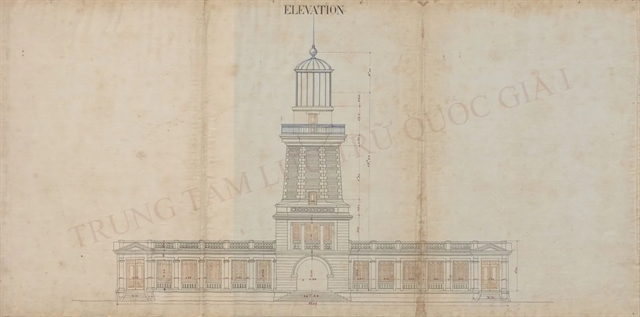
|
| A drawing of the Hòn Dấu lighthouse 1985. |
Official administrative papers detail how the Nguyễn Dynasty paid attention to the construction and renovation of lighthouses to serve the ship activities.
During the French colonial period, many more lighthouses were built, contributing to the development of maritime infrastructure which created favourable conditions for their colonial exploitation.
The completion of a maritime infrastructure, with the network of seaports and lighthouses, fed by roads and railways, led to a huge expansion of trade by sea in what was then Indochina.
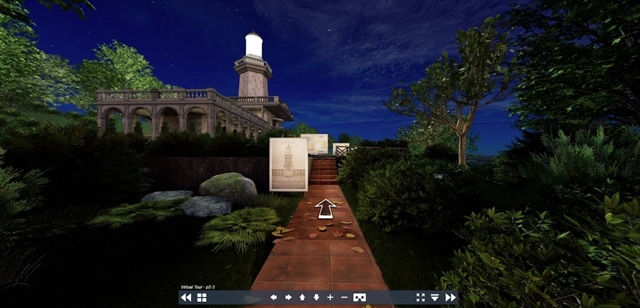
|
| Being able to 'visit' a lighthouse online will be offered as part of the exhibition. |
Many major French shipping companies, especially the Messageries Maritimes and Chargeur Réunis, flourished during this period thanks to such contracts, with a thriving commercial exchange of people and goods between Indochina and France, as well as other countries and territories.
The Ancient Seaports: From Indochina to the World will take viewers to many locations in the three regions of the North, Central and South to review the development process of international sea gateways, as well as the history of the lighthouses, the so-called 'eyes' of the blue ocean.
The documents and images will be available to the public from April 15 at archives.org.vn and facebook.com/luutruquocgia1. VNS



.jpg)
